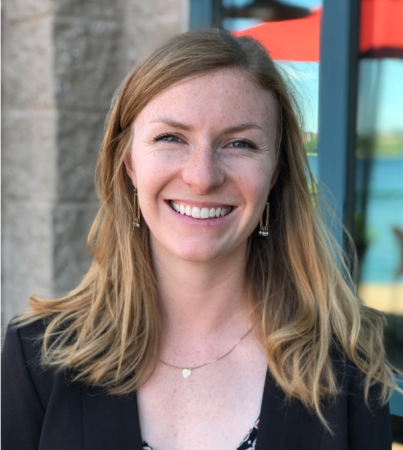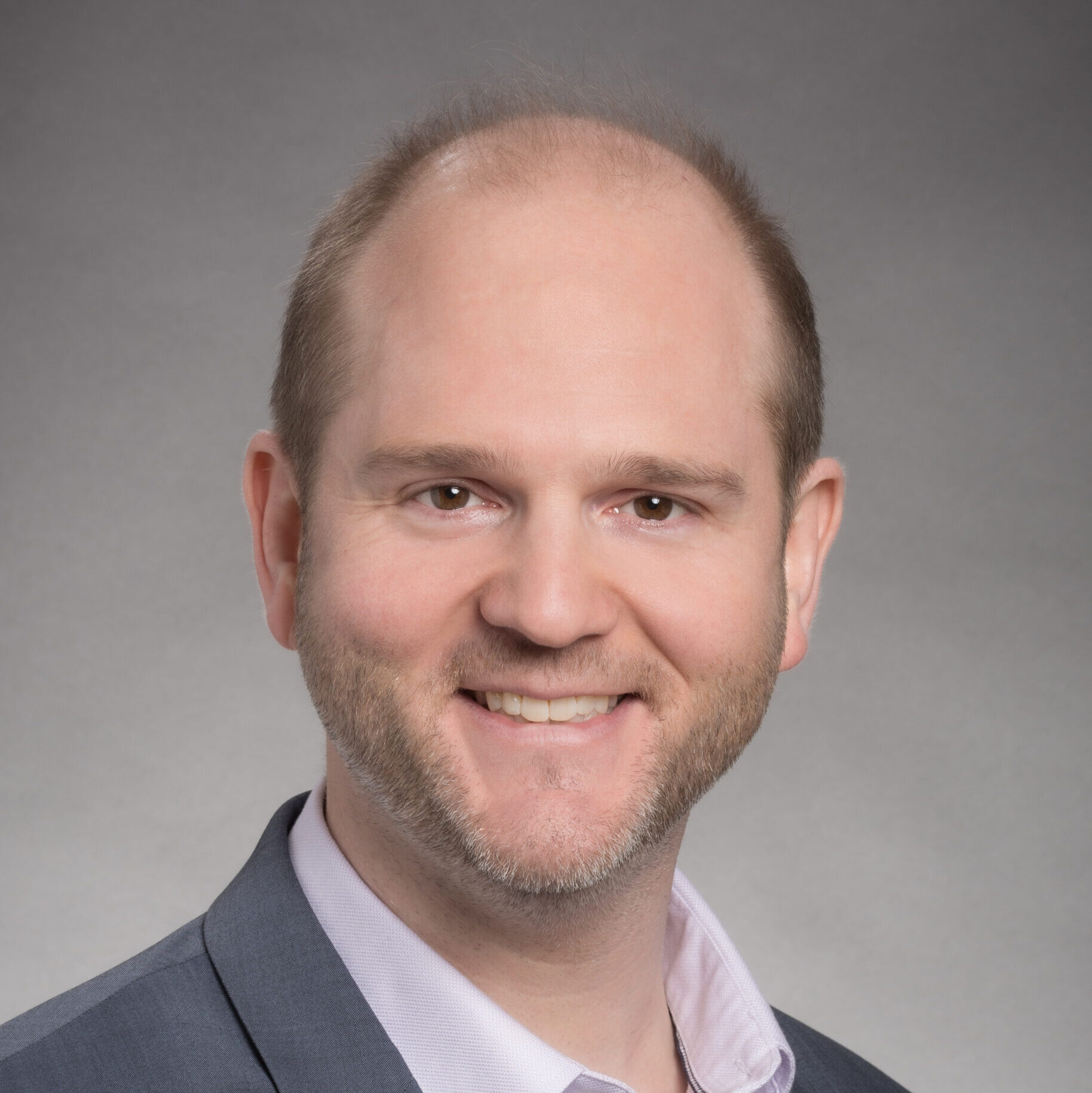Funding has been awarded to principal investigator Grace John Stewart and co-principal investigator Pamela Kohler, by the Eunice Kennedy Shriver National Institute of Child Health & Human Development for "PrEP optimized for mothers (PrOM): Efficient PrEP integration in MCH clinics".
Abstract:
Women are at increased risk for HIV acquisition during pregnancy and postpartum and pre-exposure prophylaxis (PrEP) could prevent this risk. Thus, maternal child health (MCH) clinics are an important setting for PrEP provision because of high attendance, increased HIV risk during pregnancy/postpartum, existing supply chain for serial HIV testing and drug delivery, lower stigma than accessing PrEP through HIV treatment centers, and in-built follow-up. In regions with high fertility, women spend appreciable time either pregnant or lactating. PrEP integration in MCH clinics not only protects women, it also contributes to elimination of mother-to-child HIV transmission (EMTCT). Postpartum women access family planning at FP clinics after they exit MCH clinics.
Our team pioneered PrEP implementation in MCH and family planning (FP) clinics in Kenya in a PEPFAR-supported DREAMS Innovation Challenge. We screened >20,000 women, of whom 4,378 initiated PrEP. We demonstrated that PrEP was acceptable to women in these clinics and uptake aligned with potential HIV risk. To pilot this concept, new nurses were added to work with MCH and FP clinics to include PrEP provision and to train MCH/FP clinic nurses to sustain PrEP services. In our ongoing R01 (PrEP in adolescent girls and young women (AGYW): a multi-dimensional evaluation), we aim to evaluate adherence in these MCH-PrEP and FP-PrEP clinics and to assess and improve PrEP counseling. For this revision supplement to the parent R01, we seek to identify ways to improve efficiency of PrEP integration within MCH and FP clinics.
Aim 1a. To determine stakeholder views on innovations for effective PrEP integration in MCH and FP clinics, we will conduct in-depth interviews and focus group discussions with policy-makers, program implementers, AGYW (15-24 yrs old), women (25-45 yrs old), and health care workers (HCW).
Aim 1b. To identify health systems issues that enhance or challenge MCH-PrEP and FP-PrEP integration, we will conduct surveys with clinics to assess PrEP integration practices. To identify bottlenecks to PrEP integration, we will conduct flow mapping and time-and-motion of PrEP services in MCH and FP clinics.
Aim 2. To pilot an optimized MCH-PrEP approach (PrEP optimized for mothers- PrOM) that decreases HCW workload and enhances client experience. The PrOM model will combine video-education for PrEP, HIV self-testing at clinic, and optimized dispensing. We will conduct an interrupted time series analysis to compare client and HCW satisfaction and time, as well proportion of clients screened for and initiated on PrEP, and PrEP knowledge before and after implementation of the PrOM approach.
Aim 3. To review evidence and findings from Aims 1 and 2 in a workshop with relevant stakeholders and develop a guide for best practices in MCH-PrEP and FP-PrEP integration.
This supplement will provide Kenya, other high HIV burden countries, and PEPFAR with a model for efficient and effective MCH-PrEP and FP-PrEP integration.
Sponsor Award Number: 3R01HD094630-03S1
TB PrEP – Integrating HIV prevention with TB household contact evaluation
Jennifer Ross, MD, MPHContinue reading→
Addressing Clinician Bias to Improve Equitable Implementation of Evidence-Based Practice
Freda Liu, PhD & Aaron Lyon, PhDContinue reading→









